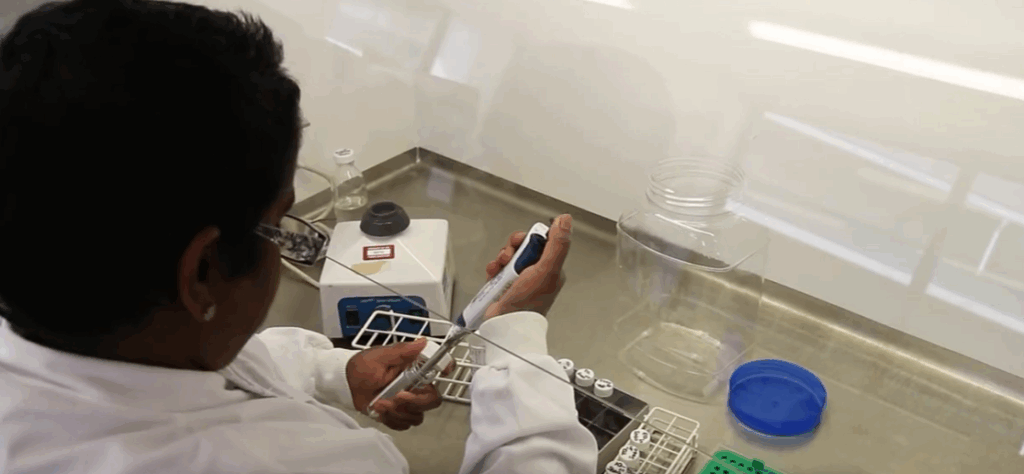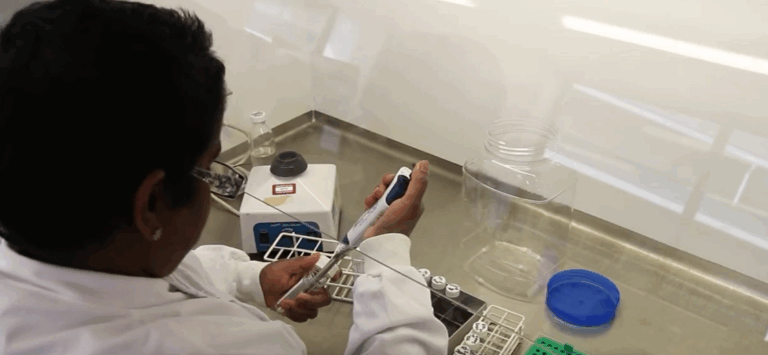When dozens of American Legion members became gravely ill following a conference in Philadelphia in 1976, it started out as a medical mystery. After a race against time, it became clear that bacteria growing in the building’s cooling tower had killed 29 people and sickened 182. Since then, legionnaires’ disease has resurfaced as a persistent public health issue, connected to something as commonplace as a droplet of warm water rather than direct contact or seasonal viruses.
In actuality, legionnaires’ disease is pneumonia with a twist. It is spread by inhaling contaminated mist, which is frequently from humidifiers, air conditioners, or even ornamental fountains. It is caused by the Legionella bacteria, most commonly L. pneumophila. This respiratory infection does not spread from person to person like most others do. Rather, it patiently waits in unattended water tanks, unused hotel showers, and stagnant pipes until neglect or subpar engineering causes it to act.
Legionnaires resurfaced during the Flint water crisis, this time as a tragic side story to an already scandalous public failure. Ten of the 87 cases that were reported between June 2015 and January 2016 were fatal. The outbreak was later linked by experts to the city’s decision to use untreated water sources, demonstrating how deteriorating infrastructure is not only inconvenient but also potentially fatal. The irony is especially stark: the mist from their faucets was subtly spreading Legionella while the residents were concerned about lead.
Personal & Public Health Information on Legionnaires Disease
| Field | Information |
|---|---|
| Name | Legionnaires’ Disease |
| First Identified | 1976, American Legion Convention, Philadelphia |
| Causative Agent | Legionella pneumophila (bacterium) |
| Common Symptoms | Fever, cough, muscle aches, shortness of breath, diarrhea, headache |
| Risk Groups | Elderly, smokers, immunocompromised, chronic lung disease |
| Diagnosis Methods | Urine antigen test, sputum culture, chest X-ray |
| Treatment | Antibiotics (azithromycin, levofloxacin, doxycycline) |
| Mortality Rate | ~10% general; up to 50% in nosocomial cases without timely treatment |
| Common Settings | Hotels, hospitals, cruise ships, cooling towers, fountains |
| Reference Link | CDC – Legionnaires Disease |

Epidemiologists now know that this bacteria prefers warmth, stillness, and complexity—qualities that are present in extensive plumbing networks, particularly those that serve expansive hospitals, cruise ships, or shopping malls—by utilizing data from environmental inspections. The microbe thrives at temperatures between 25°C and 45°C and is incredibly adaptable in withstanding extreme temperatures. An optimal growth chamber is provided by water that is “just warm enough” and not disturbed. Legionnaires’ disease therefore peaks in the summer and early fall, when air conditioners are at their most efficient and swimming pools are full.
However, the symptoms are remarkably similar to those of many common illnesses. Muscle soreness, a high fever, a dry cough, and gastrointestinal problems could be misdiagnosed as food poisoning, the flu, or COVID-19. However, the frequency of neurological symptoms and confusion is noticeably different. Some patients complain of being unusually lethargic, confused, or unable to focus. Others report feeling uncoordinated and experiencing chest pain. A high index of suspicion is frequently necessary for the diagnosis, particularly if the patient has spent the last ten days in a hotel, hospital, or cruise ship.
Nonetheless, cautious optimism is warranted. Legionnaires’ disease is remarkably treatable with antibiotics such as azithromycin or levofloxacin once it has been identified. Mortality is significantly decreased by early intervention. Results are particularly favorable for otherwise healthy people, and treatment usually lasts 5–10 days. Delays in diagnosis, which are frequently brought on by the disease’s covert onset, continue to be a major obstacle. Even a few lost hours can have disastrous consequences for elderly patients or those with underlying medical conditions.
Public health officials have been forced to reconsider prevention tactics in the wake of high-profile outbreaks in recent years. Following the discovery of contamination in a hospital’s HVAC system in Lisbon, 53 people received diagnoses. Public trust in building supervision was shaken in the Bronx by outbreaks connected to cooling towers close to a hotel. Disneyland Anaheim was not exempt either; in 2017, 22 cases were linked to mist from a decorative cooling unit. Reviews of water systems in theme parks, entertainment centers, and public fountains across the country were prompted by that outbreak alone.
Facilities now follow strict maintenance procedures by concentrating on water safety programs, especially those that are in line with ASHRAE Standard 188. These systems have become extremely effective at preventing the spread of bacteria by keeping an eye on water temperatures, disinfecting with monochloramine, and preventing stagnation in pipes. Retrofitting older structures, particularly those built in accordance with antiquated energy-saving standards, is a persistent challenge. Many still have “dead ends” in their plumbing, which are places where water remains undisturbed and serves as a haven for microorganisms.
As the COVID-19 pandemic spread, a new issue surfaced. Unoccupied buildings from lockdowns had not been adequately maintained or flushed. The risk of Legionella exposure increased as people started to return. Co-infection with SARS-CoV-2 and Legionnaires’ disease caused at least two deaths in England, posing challenging queries regarding overlapping respiratory risks in contemporary public areas.
Hospitals and cruise lines were the focus of public criticism for many years. However, the landscape has grown with the emergence of wellness centers, upscale spas, and smart homes with intricate water features. If left unattended, Legionella can grow in even a suburban basement’s underutilized hot tub. Since Legionella has been found in tanks containing plain water, the CDC now recommends that cars only use genuine windshield washer fluid.
Particularly among engineers and facility managers, education and risk awareness have significantly improved. Public awareness, however, continues to lag behind. Although legionnaires are hiding in plain sight, they are frequently perceived as exotic or uncommon. In the United States, between 10,000 and 18,000 cases necessitate hospitalization each year, and experts estimate that many more cases remain undiagnosed. This is partially due to the fact that many physicians, especially those working in smaller facilities, have not personally experienced the illness. “Have you traveled recently?” may be the only pertinent question that determines the diagnosis.


